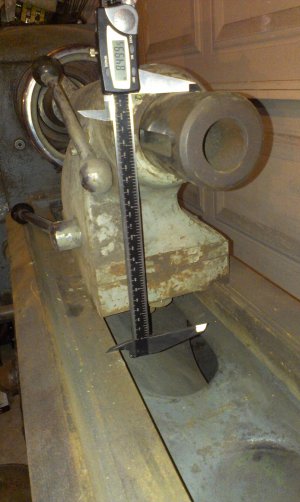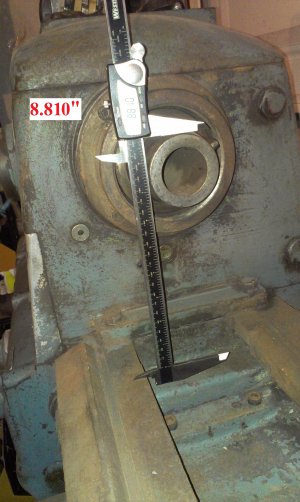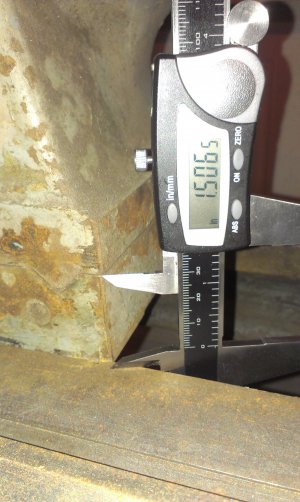That would probably be your most practical solution in the end. If there is only 1/4" difference in height, that won't adversely affect the rigidity much. But you're quite right, since the vee way groove is deeper than your proposed "riser", then the options are to machine off enough of the original to allow a proper spacer to be machined and room for the vee way allowed, plus root material above the vee for strength, or discard completely the existing base, and machine one that fits the tailstock on top, and the bed on the bottom. That would be the best solution rather than a "spacer". But Bill has a point. Granted, the X axis is normally adjustable, but the height is not, and is rather critical, as is the axial alignment with the spindle centerline. For a beginner, this won't be an easy chore. You will need instruments capable of closer and more reliable measurements than a dial caliper for this job, along with a decent mill to actually do the job. If you're willing to take a chance or two, I'm not saying you can't do it, and CI really isn't all that expensive, as materials go.....so you may decide to give it a try. But if you're not confident, or tight on funds, maybe find some help on it.
And I second Cast Iron as the prime material for this component.




